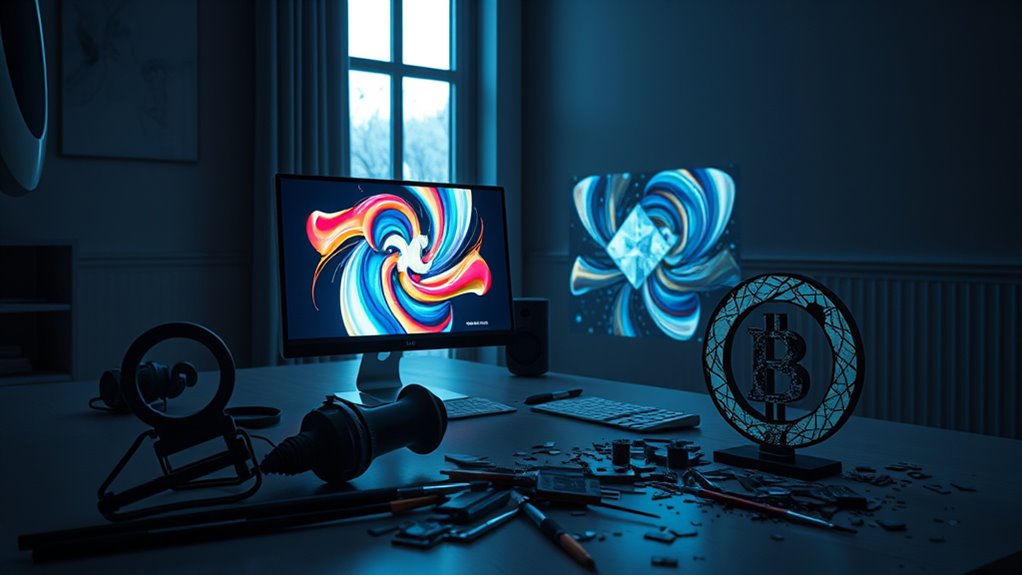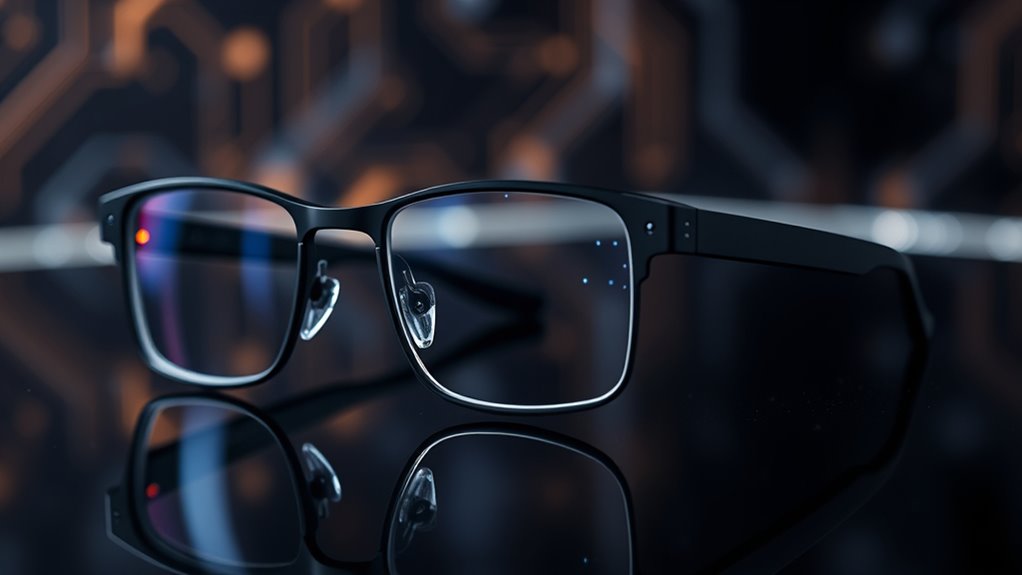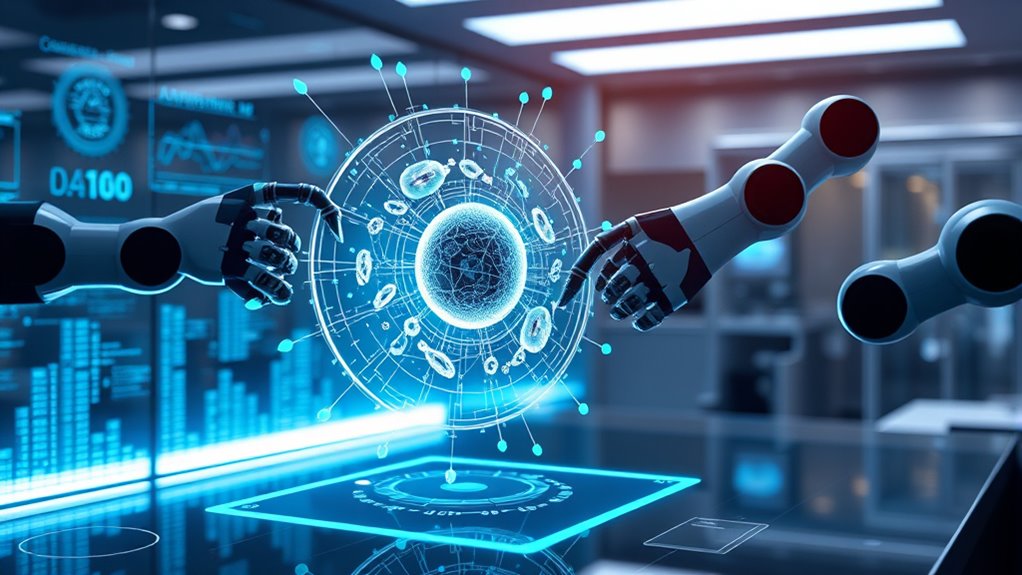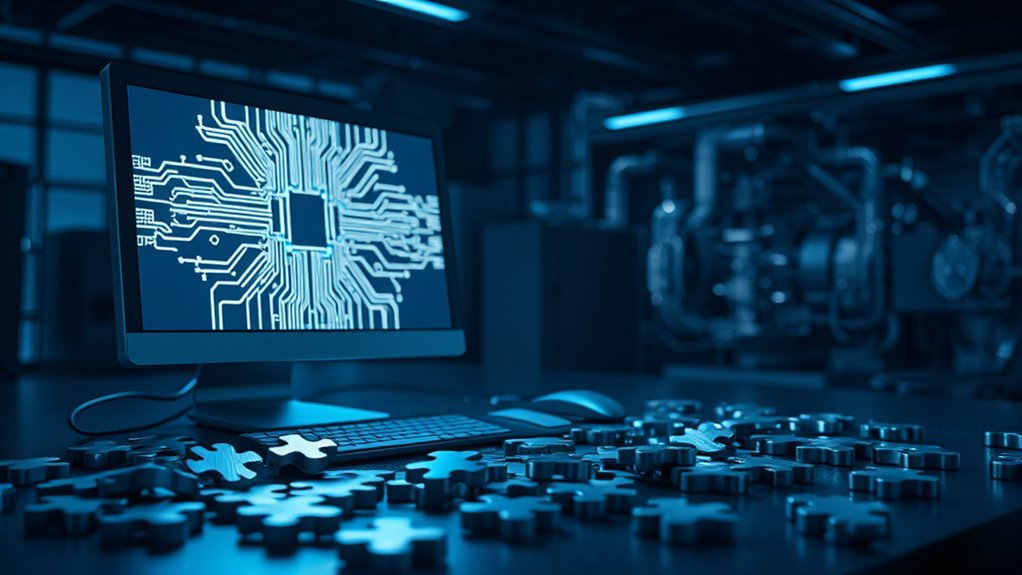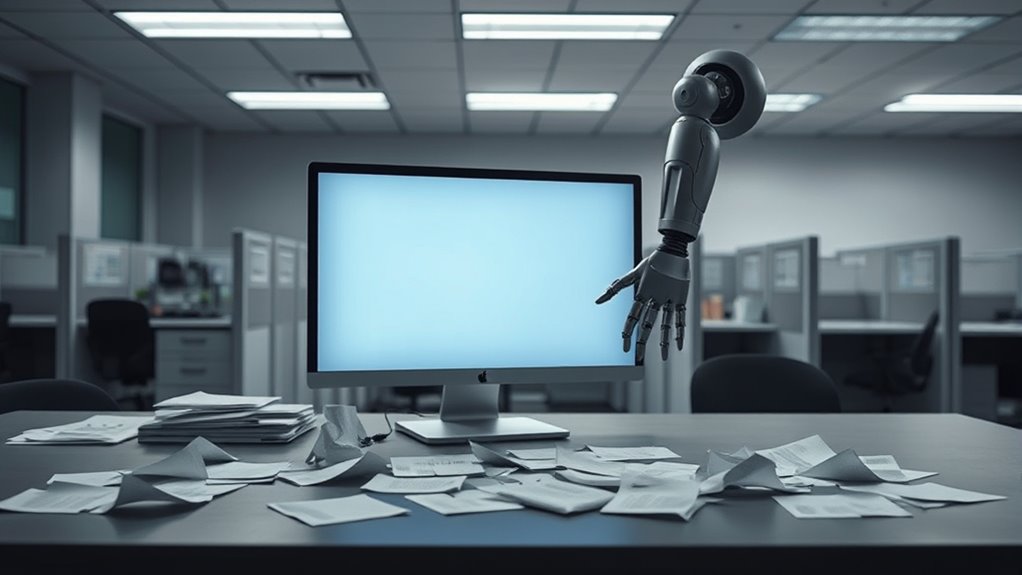How are AI-generated images treated under copyright law? In the United States, the Copyright Office says these images can’t be copyrighted on their own. They see them as creations made by machines, not humans. Copyright protection needs human creativity and effort. So, if a person isn’t deeply involved in making the image, it won’t get legal protection.
However, if there’s enough human input—like choosing or arranging the content—the overall work might still qualify for copyright. The Copyright Office has clarified that sufficient human authorship is essential for copyright eligibility in works involving AI-generated elements. Additionally, the Office emphasizes that AI-generated content must be explicitly disclaimed in registration applications to ensure only human contributions are protected explicitly disclaimed content.
Yet, with significant human input—such as selecting or organizing elements—the resulting work could still be eligible for copyright protection.
Around the world, things aren’t the same everywhere. In the U.S., AI images don’t get direct protection. But in places like China, a court has given copyright to AI-generated images when a person helped by giving prompts or picking the final result. Different countries have different rules, which makes the legal picture messy. There’s no single global law for AI art, and this confusion might grow as technology gets better. Laws could change in the future to keep up with these new creations. Additionally, artists who integrate AI-generated elements into a broader vision may still seek copyright protection eligibility for their combined creative efforts.
AI learns by studying human art. It copies and changes styles from real artists to make new images. This can copy famous artists’ looks, which might take work away from them. Some worry this is unfair since original artists don’t get paid when AI mimics their style. There’ve been lawsuits about this, and sometimes courts side with the human artists.
But the rules aren’t clear yet, and many are watching to see what happens next.
Technology is moving fast with AI. It uses special models to create images by learning patterns from existing art. This is changing how art, music, and stories are made. It can even team up with humans to make cool new things. But it also brings up big questions about who really owns the work. Is it the person, the AI, or both?
Economically, AI art shakes things up. It offers cheap options compared to human-made work. This can mean less money for artists who rely on their skills to earn a living. The market is shifting, and many are curious about how this will play out in the coming years.
